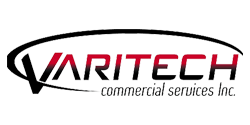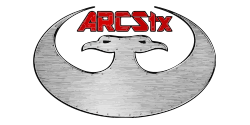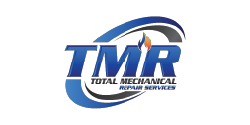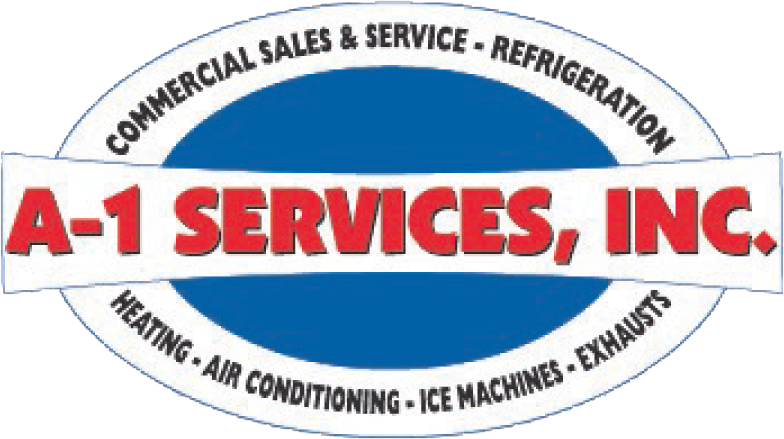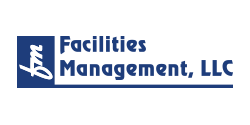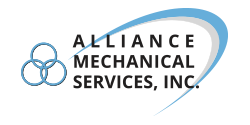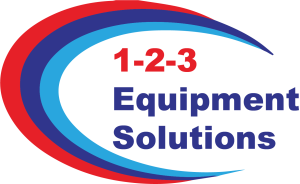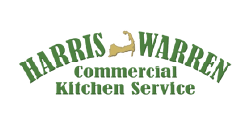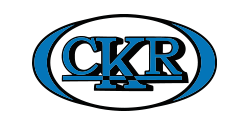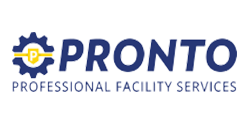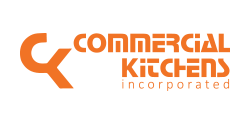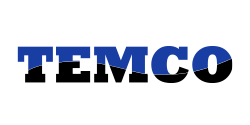5 Ways Restaurants Can Save on Energy Costs
We are all feeling the sting of sharply rising costs in the foodservice industry. It impacts our daily decisions, as well as our monthly projections and yearly budgets. We hope for the best but brace for the unexpected.
Energy expenses are something many restaurants take as the simple cost of doing business in the foodservice industry. We often consider ways in which we might improve energy efficiency at some point, but then put it on the back burner for a better time.
A survey conducted by the National Federation of Independent Business (NFIB) found that energy costs are one of the top three expenses for more than one-third of the nation’s small businesses. The time is now to embrace energy efficiency for a significant future savings benefit.
Here are five money-saving tips to trim energy costs at a time where every little bit matters.
1. Invest in energy-efficient equipment
We all know the restaurant industry is quite an energy gobbler compared to many other types of businesses, in some cases consuming five to seven times more energy per square foot than a retail store or office building.
If the sticker price of an energy efficient equipment replacement gives you a headache, it just may be worth the pain. According to EnergyStar, outfitting a commercial kitchen with a suite of Energy Star-rated foodservice equipment could save operators about $5,300 in energy costs per year. Chain operations can multiply that number significantly.
Tip: If you are not ready to replace your existing equipment, ask your service technician about retrofitting energy-efficient parts. Even that small step can translate into big savings!
2. Reduce water consumption
Water usage in restaurants is quite often under the radar in terms of costs. Sinks and pre-rinse units are often the largest inefficiency culprits.
According to the Food Service Technology Center (FSTC), a small leak of just 0.2 gallons per minute can waste 100,000 gallons and $1,840 a year in water, sewer and gas costs.
There are several easy steps that can be taken to minimize both kitchen and restroom water consumption. These include:
- Installing low-flow models on pre-rinse units and sinks
- Installing sensor faucets for less wasted water
- Repairing leaks immediately — resist the temptation to rig a temporary fix
Tip: Sensor faucets can also provide an additional benefit by providing a more sanitary hands-free environment.
3. Install energy-efficient lighting
Replacing all incandescent lighting with LED bulbs can be a quick and easy way to boost your energy savings.
Although LEDs are more expensive up front, they can trim up to 75% in energy usage over their incandescent counterparts. LED lighting also boasts a much longer lifespan and has fewer maintenance requirements.
Tip: Equipment lighting is often overlooked, so don’t forget to upgrade the bulbs in your walk-in coolers or freezers too!
4. Improve your kitchen layout
Although the layout of a kitchen may not be thought of in terms of energy cost savings, kitchen flow can serve to make staff more efficient and can even enhance the effectiveness of commercial equipment.
Ventilation is an important consideration, as equipment such as refrigerators or ovens needs room to “breathe” and release hot air during the cooling process.
It is also important to keep ambient temperatures at a moderate level in your kitchen. At higher temperatures, refrigeration equipment must work overtime to keep foods chilled appropriately.
Separate your hot-side equipment from cold-side to improve your kitchen’s efficiency. Creating two aisles can lower energy costs through the efficient management of airflow and facilitate fan speed reduction.
Tip: Ask your service technician to install condensate exhaust hoods above all dish washing machines and steam equipment to help remove hot air from a commercial kitchen.
5. Make planned maintenance routine
Although it may seem contradictory to pay additional costs for planned maintenance if nothing is broken on your equipment, a regularly scheduled professional maintenance plan can help you save drastically in the long run. Planned maintenance can prolong the life of your equipment investment, as well as result in fewer repairs and less downtime.
“Planned maintenance is what gives equipment reliability,” says David Filson, director of technical training for Tech24. “Take compressors for instance. If a compressor is not working at maximum efficiency, this serves to increase energy costs and wear down equipment, creating a situation where a breakdown is much more likely.”
Tip: According to the FSTC, having condenser coils cleaned on a routine basis can reduce operating expenses by 47%.
Take steps now to increase energy efficiency
In the face of rising costs and shortages industry-wide, proactive management of your foodservice equipment and existing resources is paramount. Trimming your existing energy costs by optimizing operational efficiency, carefully maintaining your equipment inventory and practicing energy-saving tactics will net you significant savings in the long run.
Tech24 handles 65,000 planned service events for customers each year, and we can help you create a plan to save money on your energy costs. Contact us today.






